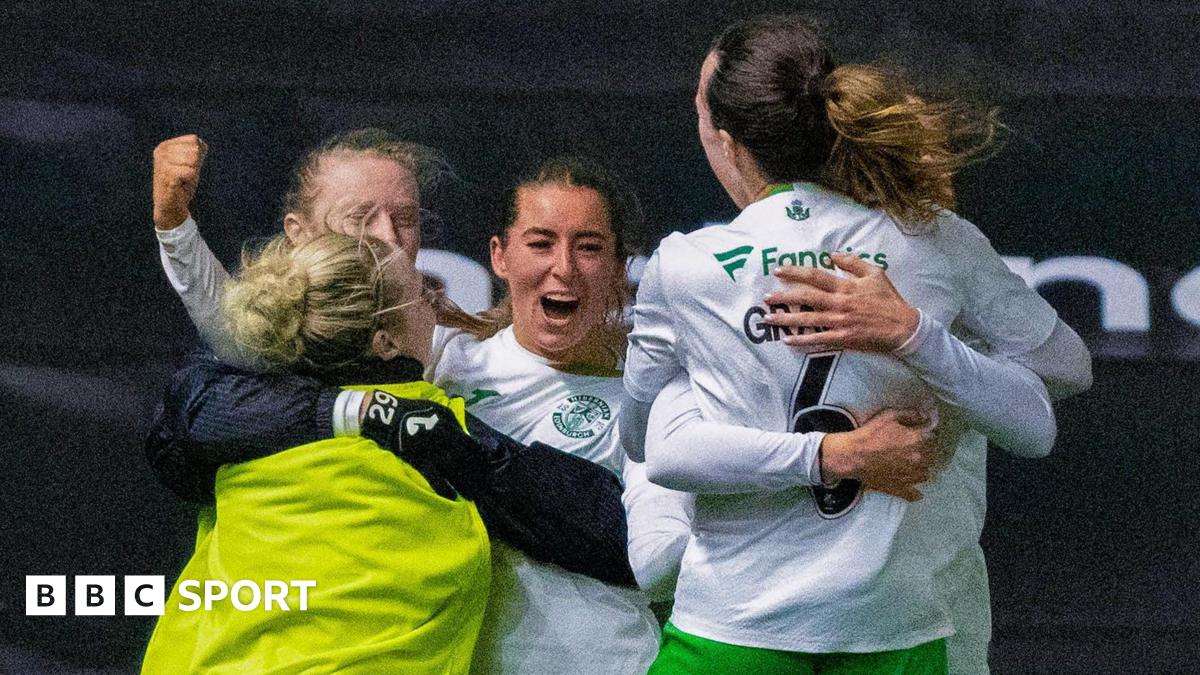Bussiness
Celtics Sale Price Will Come Down to Brand vs. Business

The Boston Celtics have hit the market in a sale announcement that shocked the sports world on Monday. If a deal is completed, it will certainly top the record for the richest price ever paid for an NBA team (Phoenix Suns, $4 billion) and could set a mark across all sports (Washington Commanders, $6.05 billion).
In December, Sportico valued the Celtics at $5.12 billion, fourth in the NBA and well behind the Golden State Warriors ($8.28 billion), New York Knicks ($7.43 billion) and Los Angeles Lakers ($7.34 billion).
The Celtics should fetch a premium to that valuation with the next TV deal headed for a bigger increase, compared to what most NBA insiders expected at the end of 2023. A key question on the final sale price is how investors weigh the brand against the business.
The Celtics’ brand is one of the strongest in the sport, thanks to its record 18 NBA titles, one more than the Lakers. Yes, only two of those were since 1985, but the Celtics are the reigning champions, have most of their core players locked up under contract, and possess a large and devoted fan base.
NBA valuations have soared in recent years with the average team worth $4 billion, up 70% from Sportico’s initial NBA valuations three years earlier. The pitch from the bankers the Celtics hire will be that elite sports brands rarely come up for sale in the NBA or other major U.S. sports leagues.
Among the five most valuable NBA teams, the Lakers (1979), Chicago Bulls (1985) and Knicks (1997) were all sold more than 25 years ago. In 2002, Wyc Grousbeck’s group paid $360 million for Boston, while Joe Lacob and Peter Guber paid $450 million for the Warriors eight years later. Of course, the Warriors of 2010 were not today’s Warriors atop the NBA financial table. The team played in the league’s oldest building—not the $1.4 billion Chase Center—and had not been to the NBA Finals since 1975—something it has done six times in the past decade.
The Los Angeles Dodgers and the Toronto Maple Leafs were the last top-five teams sold in their respective leagues—both in 2012. Others, like the Chicago Blackhawks (1954), New York Yankees (1973) and Boston Bruins (1975), have stayed in their ownership families for decades.
The average ownership tenure in the NFL is 40 years, and only the Los Angeles Rams changed hands among the five most valuable clubs during the past three decades. The Rams that Stan Kroenke paid $750 million for in 2010 were bottom of the league in revenue and played in St. Louis—not in a $5.5 billion stadium in Los Angeles.
Team owners have traditionally made their money from asset appreciation when selling the team—CBS’ 1973 sale of the Yankees and Bob Johnson’s unloading the Charlotte Hornets in 2010 are rare exceptions. If you exclude the NFL, major profits on a year-to-year basis are unusual. There is a reason bankers rely on revenue multiples to value sports teams, instead of earnings multiples. Nvidia’s P/E of 72 would look cheap in comparison to many sports teams.
“We are losing money,” Grousbeck told the Boston Globe last month. “We are unconcerned by that.”
He said the losses are tied to the team’s payroll that will trigger a luxury tax bill of $48 million for the 2023-24 season, according to Spotrac estimates.
The bills are only headed higher. On Monday, the Celtics reached contract extensions with Derrick White ($126 million) and Jayson Tatum ($314 million). The Celtics now employ the two players with the richest contracts in NBA history, with Tatum and Jaylen Brown ($285 million). The 2026 luxury tax bill should be at least $180 million even if they fill out the rest of their roster with minimum-salaried players. This is on top of a payroll exceeding $220 million.
Another tricky part of the Celtics’ business is they do not own or operate their arena, as TD Garden is owned by Delaware North, which also owns the Bruins. The Celtics and Lakers are the only top-five teams in the four biggest U.S. sports leagues who don’t run their venues.
The Celtics’ tenant status means they don’t capture any revenue from non-NBA events. Revenue from concerts and other events also sit outside of the league’s revenue-sharing system that funnels more than $350 million to low-revenue teams, with the top clubs footing roughly half the bill.
Joe and Clara Tsai recently sold a 15% stake at a $6 billion valuation for BSE Global, the parent company of the Brooklyn Nets, Barclays Center and WNBA’s New York Liberty. The Celtics are a much more valuable brand than the Nets, but Barclays is a busy arena and all of the economics flow to BSE. In April, Barclays was the highest-grossing arena in the world, according to Billboard.
Even with the arena limitations, the Celtics still generated the fourth-highest revenue in the NBA during the 2022-23 season, including the playoffs when the Celtics reached the Eastern Conference Finals. But there is still a sizable gap between them and the Lakers and Knicks, who both generate nearly 50% more in regular-season ticket revenue—the Warriors are almost twice as high.
If the Celtics sell, it would be the fifth NBA team to trade in the last two years, joining the Suns, Dallas Mavericks, Milwaukee Bucks and Hornets. A sixth, the Minnesota Timberwolves, is currently entering arbitration to settle future ownership.








